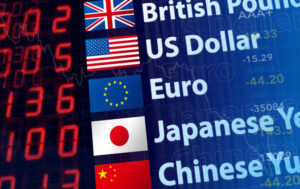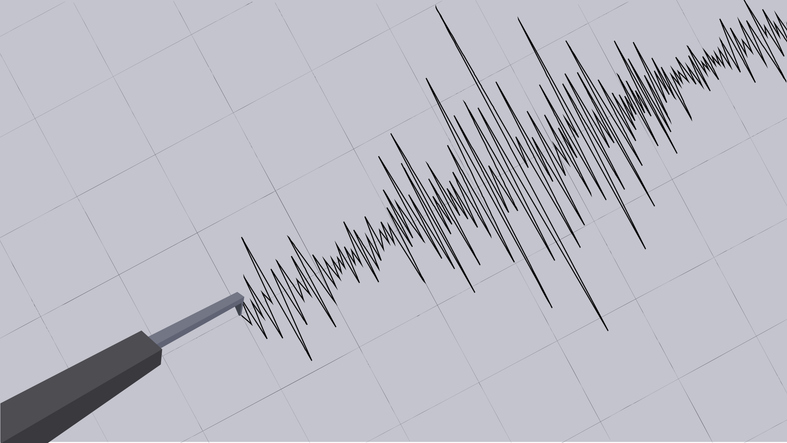
US Dollar Rises as Yen Weakness Resumes
The comments below are an edited and abridged synopsis of an article by Chuck Mikolajczak
The US dollar demonstrated strength against most major currencies on April 30, exhibiting a steady ascent throughout the day as investors absorbed the latest statements from Federal Reserve officials regarding the potential trajectory of interest rates.
Minneapolis Federal Reserve President Neel Kashkari emphasized that despite inflation stagnation, which is partly buoyed by robust housing market performance, the central bank is likely to maintain borrowing costs at current levels for an “extended period,” potentially throughout the year. However, Kashkari also acknowledged the possibility of a rate cut should inflation begin to cool once again.
These remarks followed comments from Fed officials that hinted at leaning towards a future decrease in interest rates. Joseph Trevisani, senior analyst at FX Street in New York, noted that while there isn’t a consistent trend indicating lower rates, market participants—and even some within the Fed—may be inclined towards such a move.
The dollar index, tracking the currency against a basket of peers, advanced by 0.26% to 105.42, poised for its first consecutive daily gain in nearly a month. Concurrently, the euro dipped by 0.18% to $1.0749.
Against the Japanese yen, the greenback strengthened for a second successive session, fueled by expectations of significant interest rate differentials, despite warnings from Japanese officials regarding potential currency interventions. Masato Kanda, Japan’s chief currency diplomat, hinted at the nation’s readiness to take action against disorderly foreign exchange movements, suggesting the Bank of Japan’s preparedness for market intervention following recent suspected interventions amounting to approximately $60 billion.
Trevisani highlighted the recent actions of the Bank of Japan, which had achieved some success in stabilizing the currency. However, amid current uncertainties, the market remained relatively stagnant.
The dollar exhibited a 0.55% strengthening against the Japanese yen, rebounding from its substantial decline of over 3% the previous week, marking its largest weekly percentage drop since early December 2022.
In the aftermath of the Fed’s recent policy meeting and a softer-than-anticipated US jobs report, market expectations for two rate cuts this year have surged, with the probability of a 25 basis point cut in September currently standing at 64.5%, according to CME’s FedWatch Tool.
Amid a light economic calendar featuring the University of Michigan’s recent consumer sentiment reading, numerous Fed officials, including Fed Governors Lisa Cook and Michelle Bowman, are scheduled to deliver speeches later in the week.
The Australian dollar depreciated against the greenback following the Reserve Bank of Australia’s decision to keep interest rates unchanged and abstain from adopting a hawkish stance. RBA Governor Michele Bullock cautioned against inflation risks, indicating a reluctance to ease policy in the near term.
Consequently, the Australian dollar weakened by 0.53% against the greenback to $0.6589, after touching a low of $0.6587 during the trading session. Sterling also experienced a decline of 0.46% against the dollar, reaching $1.2503 ahead of the Bank of England’s policy announcement on May 9 (interest rates remained unchanged).


